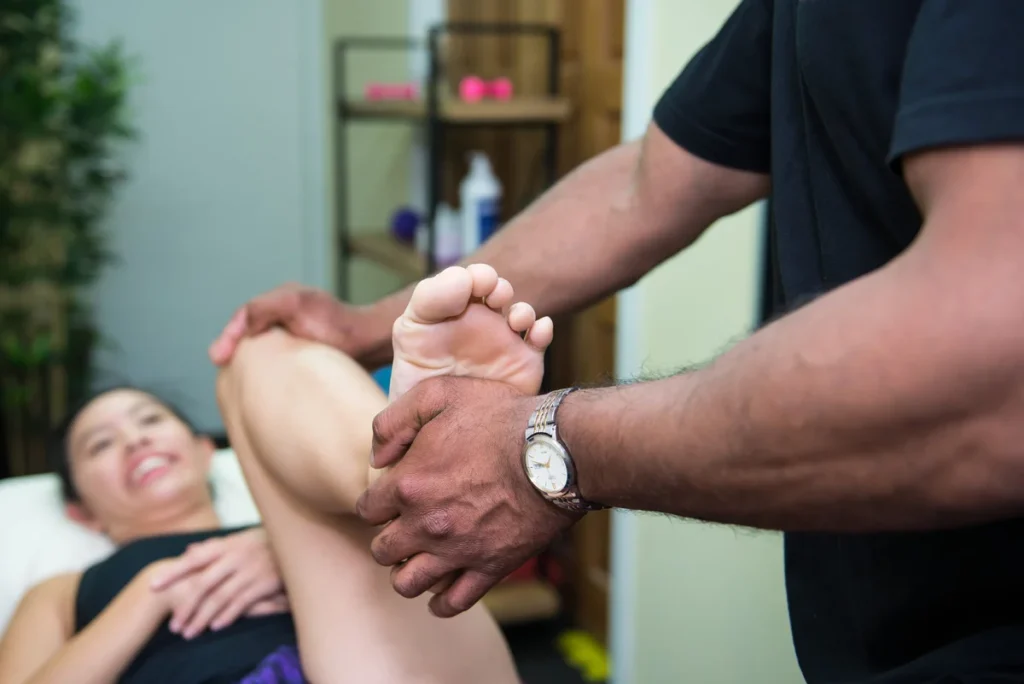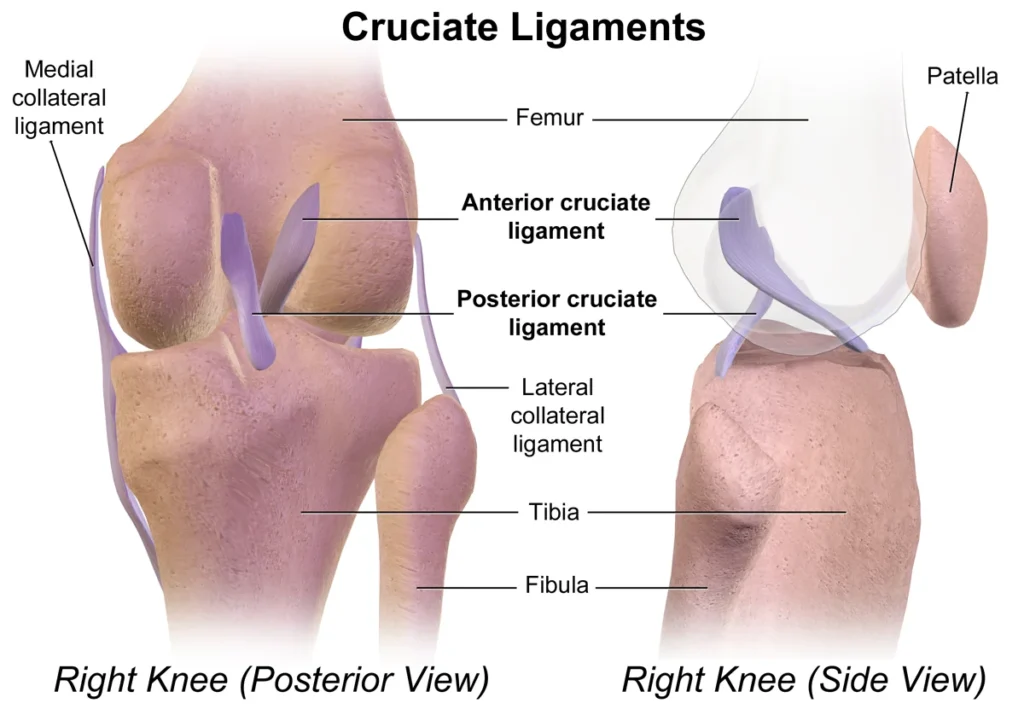
The management pathway following a rupture of the ACL is a shared decision-making process
between the patient and healthcare providers. Patients should be properly informed of the risks and
benefits of each treatment option.
Here are the main management options:

- Surgery (ACL reconstruction) with subsequent rehab
- Surgery (with rehab while waiting for surgery) with subsequent rehab
- Rehab without surgery
- Rehab then opting for surgery if unsuccessful
The following summarises the risks and benefits of surgical management and non-surgical
management for isolated ACL ruptures:
Benefits of ACL reconstruction:
- ACL anatomy surgically restored
- Improved stability of the knee earlier
- More predictable recovery and rehab timeline

Benefits of ACL rehab without surgery:
- The ACL has good potential to heal
- Similar outcomes to ACL surgery based on current research evidence
- No risks associated with surgery
- Potential to go back to sport/regular activity sooner
Risks of ACL reconstruction:
- Surgical complications
- Risk of rupturing new ACL graft
- Post operative complications: infection, deep veinous thrombosis etc.
- Anaesthetic side effects
- Issues to the graft donor site
Risks of ACL rehab without surgery:
- Possibility of no ACL healing or improper ACL healing
- Potential of further damage to other knee structures in early stages due to possibility of
knee giving way (from the lack of stability without an ACL) - Time wasted if non-operative management fails
Regardless of which management pathway is chosen, a rigorous, structured, progressive, and well-
designed rehabilitation program is essential for optimising return to sport and function, and injury
prevention. If you need help with ACL rehabilitation reach out to our experienced physiotherapists.
